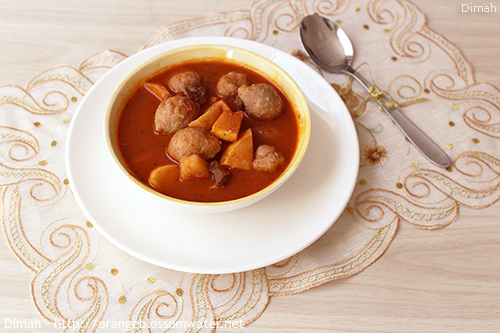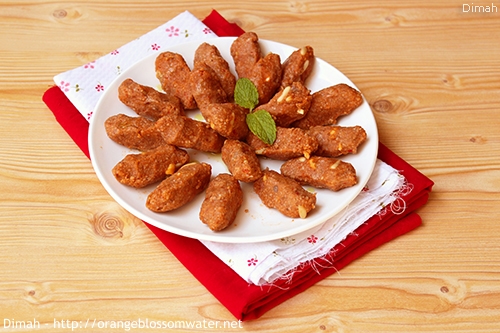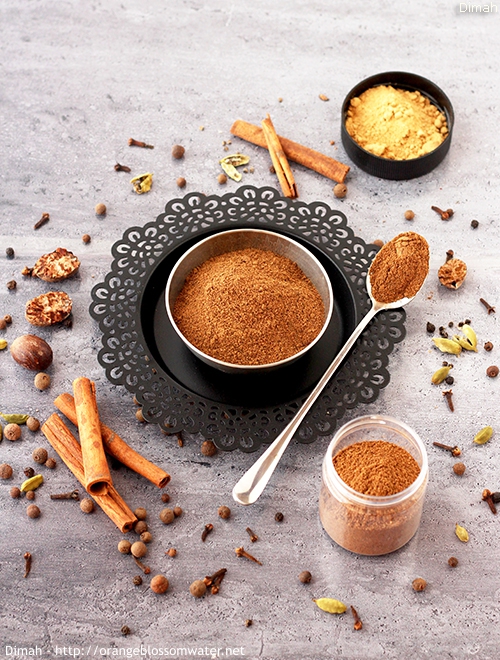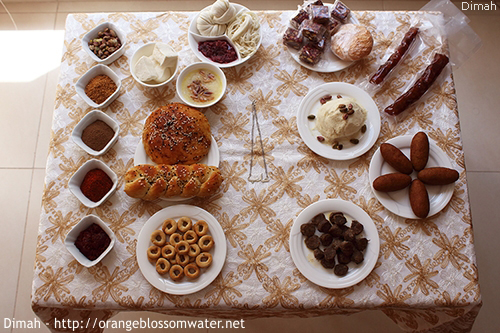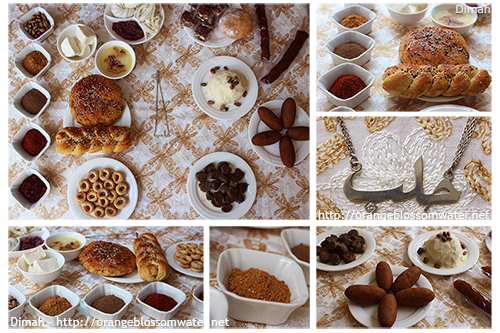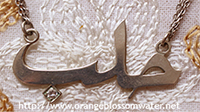Aleppo is known as “the home of stuffed vegetables and kibab (plural of kibbeh) حلب أم المحاشي و الكبب. In “The Encyclopedia of Aleppo”, it is mentioned that there are more than 60 kinds of Kibbeh in Aleppo.
Kibbeh Bi-Safarjaliyeh is Kibbeh with Quince, an authentic Aleppine dish that combines sour and sweet taste. Safarjaliyeh itself is Quince cooked with meat, tomato juice and pomegranate juice. When kibbeh is added to Safarjaliyeh, the dish is called “Kibbeh Bi-Safarjaliye”. Quince in Arabic is “Safarjal” and “Safarjaliyeh’ is derived from it.
Let’s make Kibbeh Bi-Safarjaliyeh
